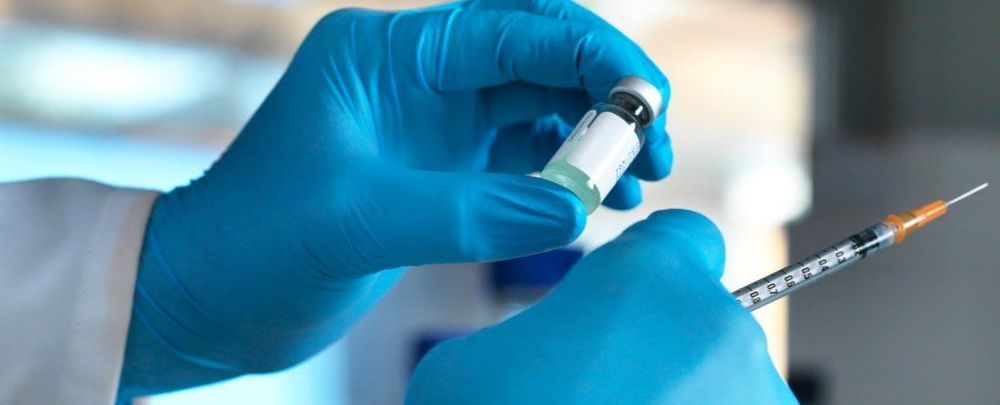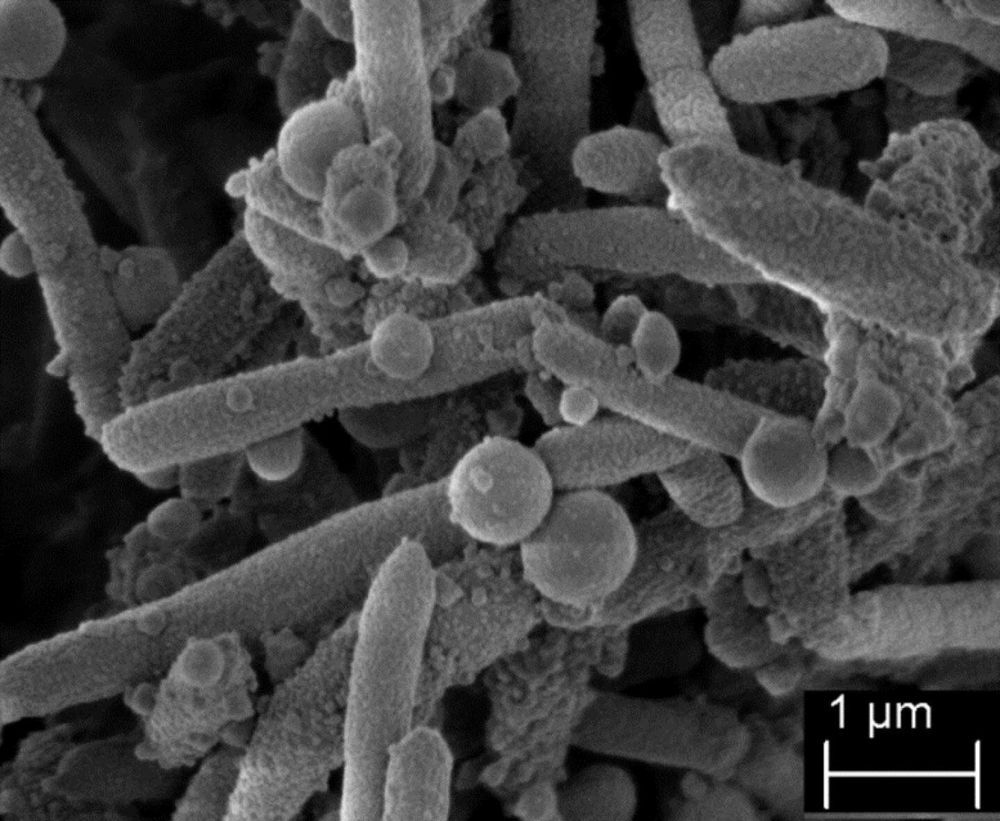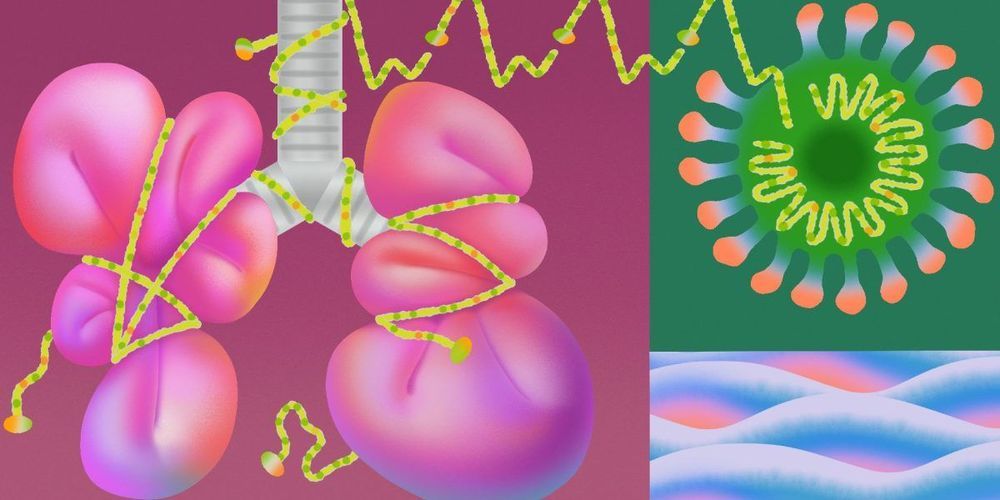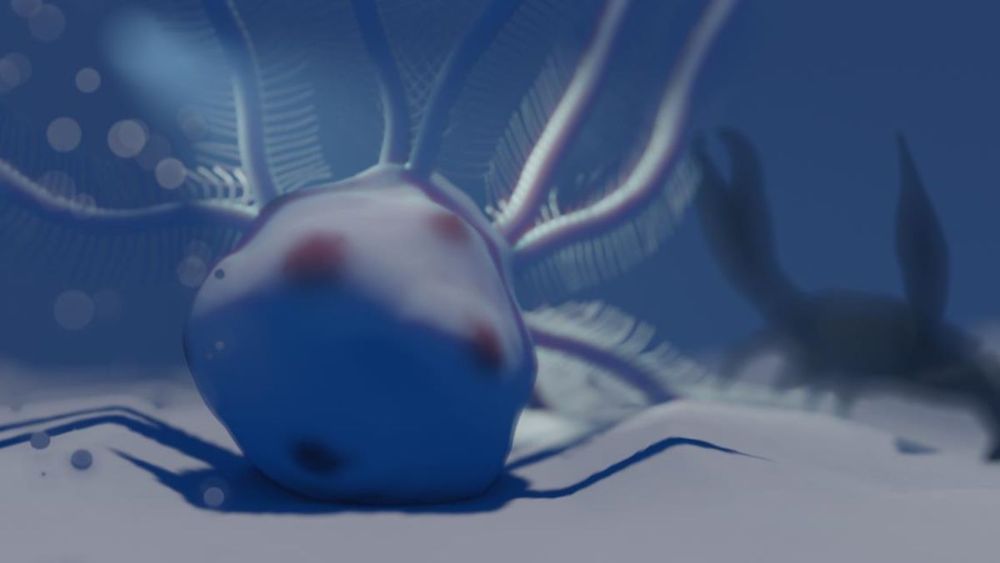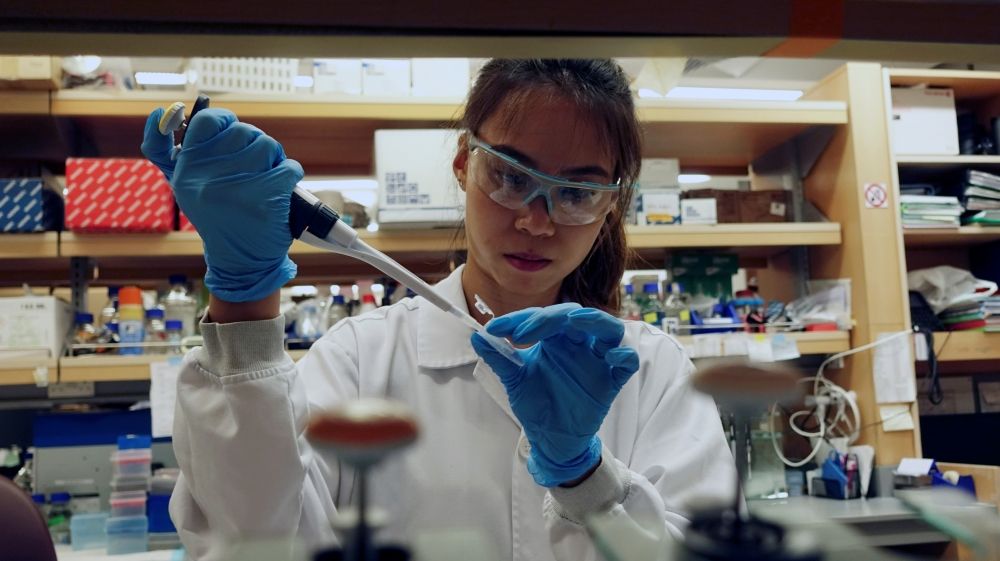May 15, 2020
Monkey Trials Offer New Hope for HIV Vaccine
Posted by Quinn Sena in category: biotech/medical
MONDAY, May 11, 2020 (HealthDay News) — An experimental vaccine seems to give monkeys extended protection from an HIV-like infection — by “waking up” an arm of the immune system that vaccines normally do not.
Experts cautioned that animal research often does not pan out in humans. The decades of work toward an HIV vaccine has been a clear example. But, researchers said, this vaccine works differently, targeting two “arms” of the immune system.
And they think the work potentially has broader lessons for vaccines being developed for other viruses, including SARS-CoV-2, the virus that causes COVID-19.
